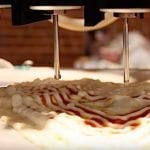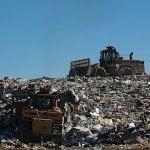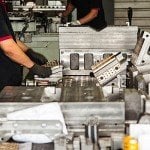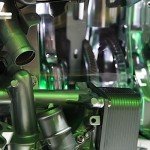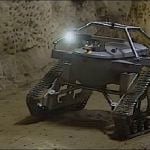When we think about superheroes, it’s doubtful that the image that comes to mind is that of A 6-centimeter worm.
And yet, plenty of studies suggest that these creatures could very well be a critical element when tackling the plastic pollution crisis.
That’s what the latest research from the University of Queensland has found.
The study was carried out in the University’s School of Chemistry and Molecular Biosciences and led by Dr. Chris Rinke. From their published abstract:
“Plastics are inexpensive and widely used organic polymers, but their high durability hinders biodegradation. Polystyrene, including extruded polystyrene (also known as styrofoam), is among the most commonly produced plastics worldwide and is recalcitrant to microbial degradation. In this study, we assessed changes in the gut microbiome of super worms (Zophobas morio) reared on bran, polystyrene or under starvation conditions over a 3 weeks period. Superworms on all diets were able to complete their life cycle to pupae and imago, although super worms reared on polystyrene had minimal weight gains, resulting in lower pupation rates compared to bran reared worms.”
They concluded that thanks to a bacterial enzyme in their gut, the common Zophobas Morio ‘super worm’ is capable of digesting and eating through polystyrene.
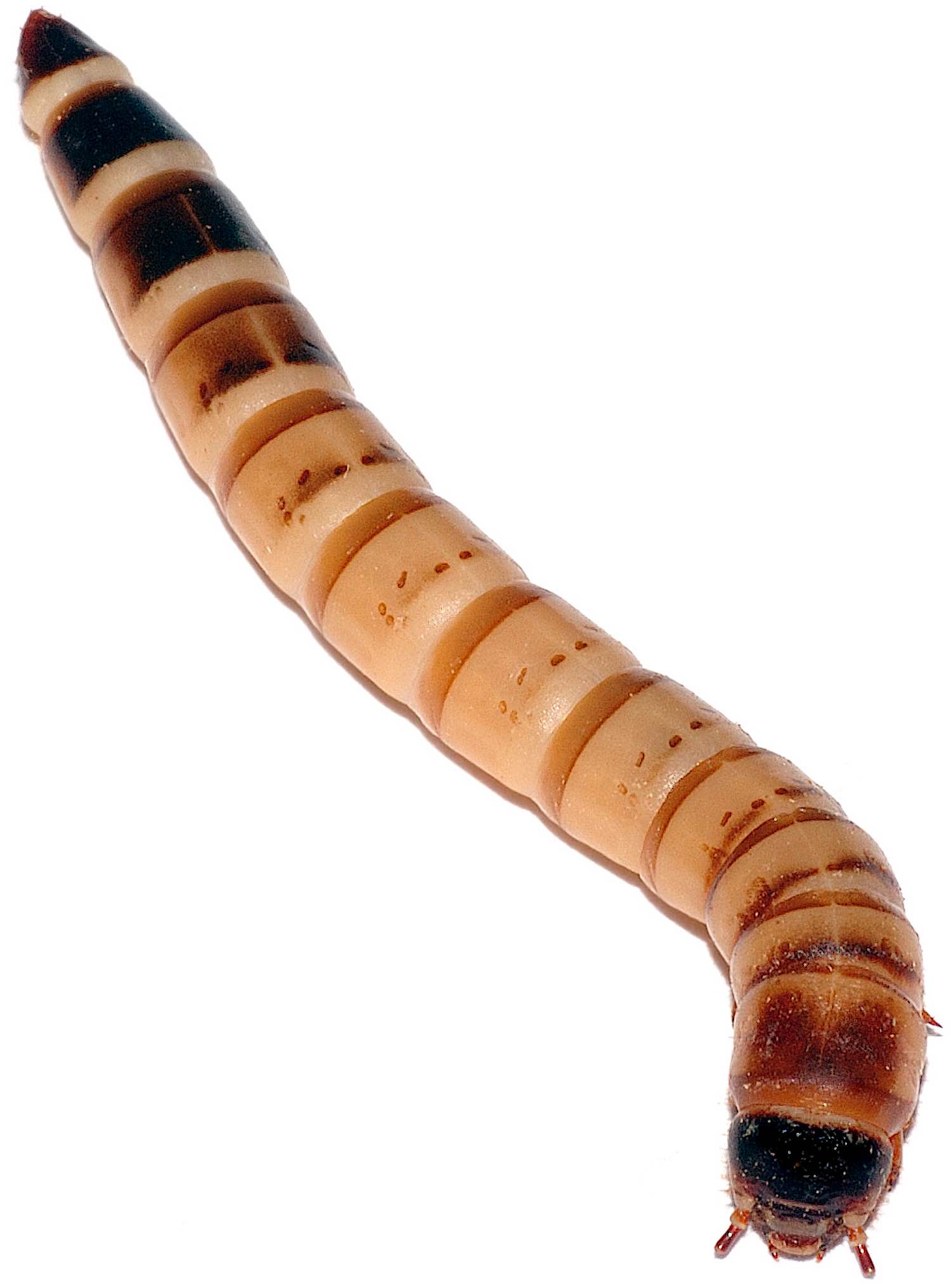
Polystyrene and plastic pollution
The problem of plastic pollution has been at the forefront of environmental efforts for decades, and in recent years it has only become more urgent.
According to the UN Environmental Program, UNEP, we produce around a whopping 400 million tonnes of plastic waste every year. [1]
In 2016 they estimated that 9-14 million tonnes per year were ending up in our oceans, and that figure is set to triple by 2040.
While recycling is often touted as the solution to this massive environmental problem, the truth is that the vast majority of plastic produced is not recycled and is usually not even recyclable.
Polystyrene, often used in single-use cups, plates, and cutlery is particularly problematic for several reasons.
For one, it’s not biodegradable, meaning that once it’s produced, it will remain in the environment indefinitely.
It’s also incredibly lightweight, making it easy for the wind to carry it long distances.
And finally, it cannot be recycled.
This is where the scientific researchers come in.
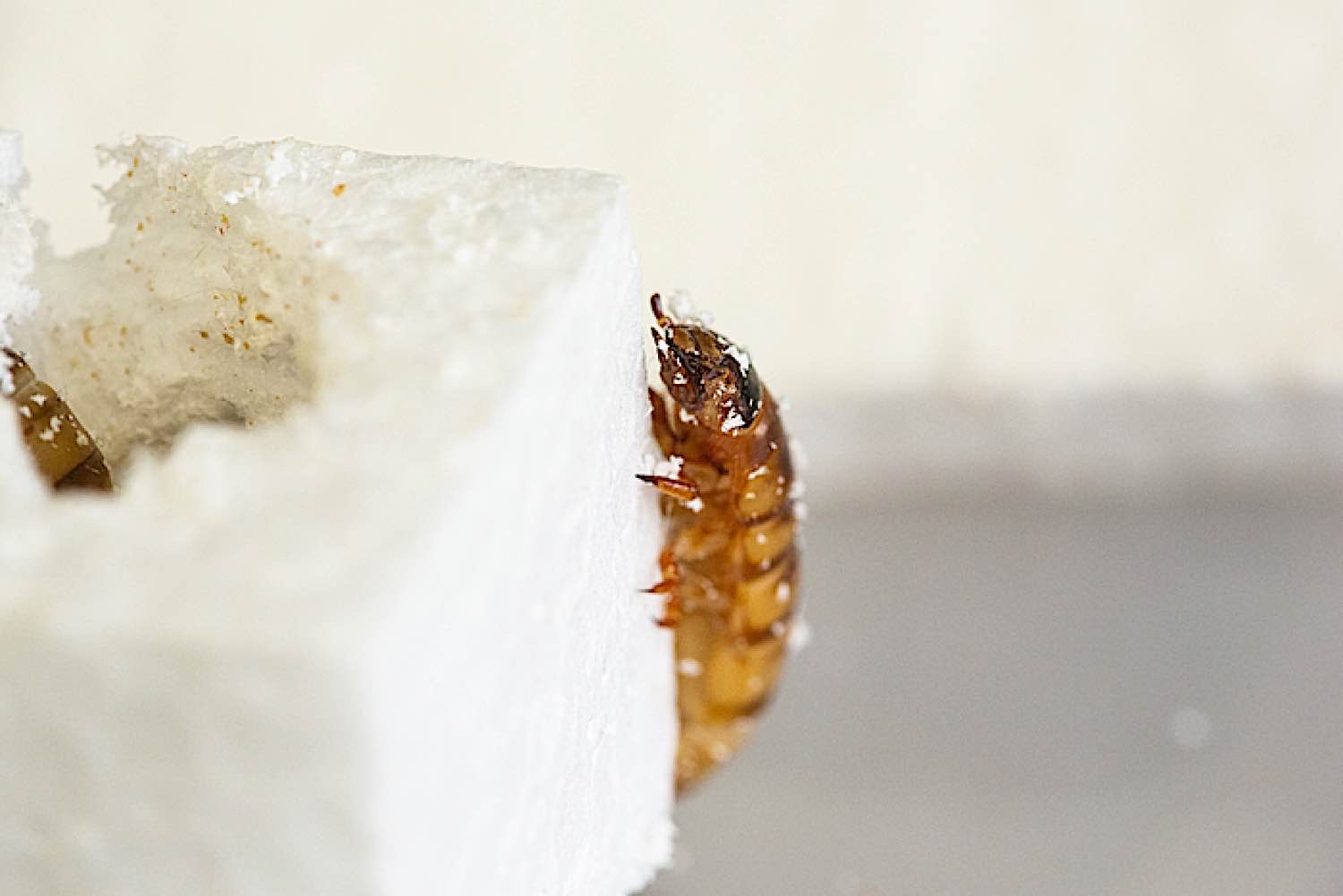
Plastic-eating worms
It’s not the first time scientists have turned to worms to test their recycling abilities.
Previous studies have found that mealworms, the common name given to the larvae of the mealworm beetle Tenebrio monitor, were able to survive on a diet exclusively of polystyrene. [2]
Other studies have shown that waxworms were capable of degrading polyethylene.
That’s what led Dr. Rinke and his team to believe that super worms, the name given to the larvae of the darkling beetle Zophobas morio due to their large size, would be similarly able to digest the plastic.

Microbial Genomics
In the study published in Microbial Genomics, Dr. Chris Rinke and his team established three test groups and fed them each a different diet:
- Untreated polystyrene foam
- Wheat bran
- No food (as a fasting control group)
The study took place over three weeks, with the super worms and polystyrene blocks being weighed twice a week.
The researchers found that within 24 hours, as they were given no alternative food sources, the super worms started eating their way through the blocks of polystyrene [2].
These findings confirm that, just like their cousins, the super worms not only survived the test but even managed to gain weight.
With the help of their gut microbes, they were able to extract energy with which to grow from the polystyrene.
Powerful Enzymes
In order to establish how the super worms were able to digest the polystyrene they were fed, researchers turned to the technique of metagenomics.
This consisted of looking at a sample of microorganisms from the super worms’ guts and, through DNA analysis, establishing what microbes were present to aid digestion.
Thanks to this technique, the scientists were able to detect all of the enzymes present in the super worms’ gut that had the capacity for polystyrene degradation.
The hope now is that through further investigation of these microorganisms and their enzymes, the team will be able to replicate the capacity to digest plastic without the need for super worms.
In a press release [3], co-author of the research, Ph.D. candidate Jiarui Sun, says that they aim to grow the gut bacteria in the lab and further test its ability to degrade polystyrene.
The future of plastic recycling
The hope now is that through further investigation of these enzymes, the team would be able to produce the bacteria in quantities large enough to be used in industrial settings.
According to Ms. Sun, “We can then look into how we can upscale this process to a level required for an entire recycling plant.” [3]
As Dr. Rinke pointed out, “Superworms are like mini recycling plants, shredding the polystyrene with their mouths and then feeding it to the bacteria in their gut.”
The byproducts resulting from this reaction could potentially be used by other microbes to create bioplastics.
Researchers hope that this form of bio-upcycling can encourage higher levels of plastic recycling, keeping them out of landfills.
Just one of the ways in which science is finding creative solutions to reduce the impact that plastic pollution has on our planet.
Notes
[1] https://www.unep.org/interactives/beat-plastic-pollution/
[2] https://www.microbiologyresearch.org/content/journal/mgen/10.1099/mgen.0.000842
[3] https://www.eurekalert.org/news-releases/954751



